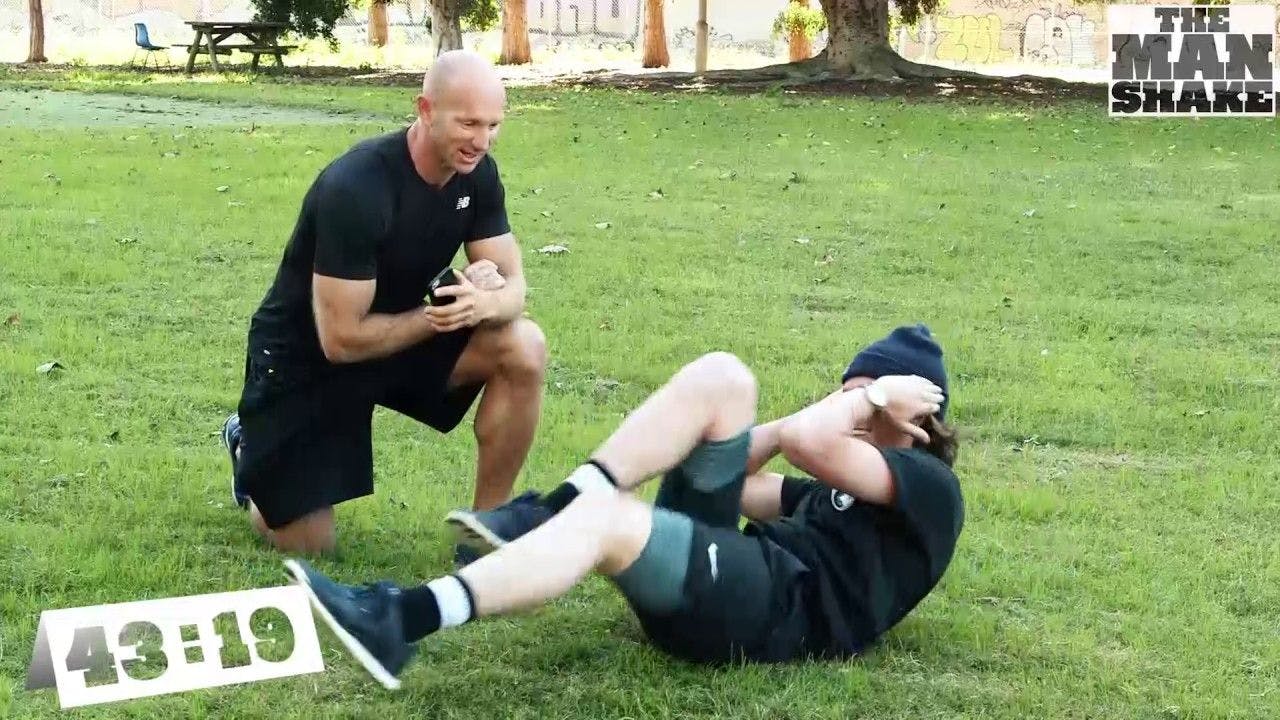How To Pick A Running Route
•Fitness

Share
So, you think you’re ready to run?
You’ve got the shoes and some tech that will monitor your heart rate and energy expenditure, but have you figured out where exactly you plan to run?
Your running route is very important when you’re attempting to lose some weight by hitting the pavement, so we put together a guide which we know will help you pick your ideal running route.
Your Goals
Your exercise goals should be one of the first factors you consider when picking a running route. These goals could include training for a specific event (e.g. a marathon), a desire to improve your fitness, a desire to lose weight or a desire to build endurance.
Considering you’re on the Man Shake website, we’re going to assume that losing weight quickly is one of your key goals. So, in that case, we’d advise trying routes with a few hills, assuming you are physically able, as people burn more calories while running uphill relative to running on a flat surface.
Your Location
Whether you’re based in a rural or urban area should also play a role in the route you pick. If you’re based in an urban area, you’ll want to avoid picking a route that has a heavy flow of both vehicular and foot traffic, as they will likely prove to be obstacles. Likewise, you may not want to run near an industrial area due to compromised air quality (remember, you’ll probably be breathing heavily).
On the other hand, if you live in a rural area, you need to consider the accessibility of roads and walkways. You’ll also need to consider whether there is any variation in terrain (e.g. rocky areas could pose hazards). Ideally, you don't want to be running anywhere super-isolated either in case something goes wrong and medical assistance is too far away!
No matter the location, try to find somewhere that is well-lit, and if you have to run in a dark area, wear high-vis clothing.
The Length Of The Route And Your Fitness
This may sound like an obvious one, but you should set an ideal distance. If you’re just starting on your running journey and you’re not especially fit – it would be silly to attempt a long and physically strenuous run. If you’re overweight, start slowly on shorter routes and don’t be afraid to alternate between walking and jogging if you’re struggling.
How To Plan A Route
There are a couple of options open to people wanting to plan their run ahead of time. The most basic way to do it is just to scout out potential locations by taking a walk and observing all the different factors that may affect your run. The other option is to use technology. Running apps like Strava and MapMyRun are ideal for this as is Google Maps, which helps you chart a route from point A to point B almost instantly.





